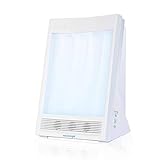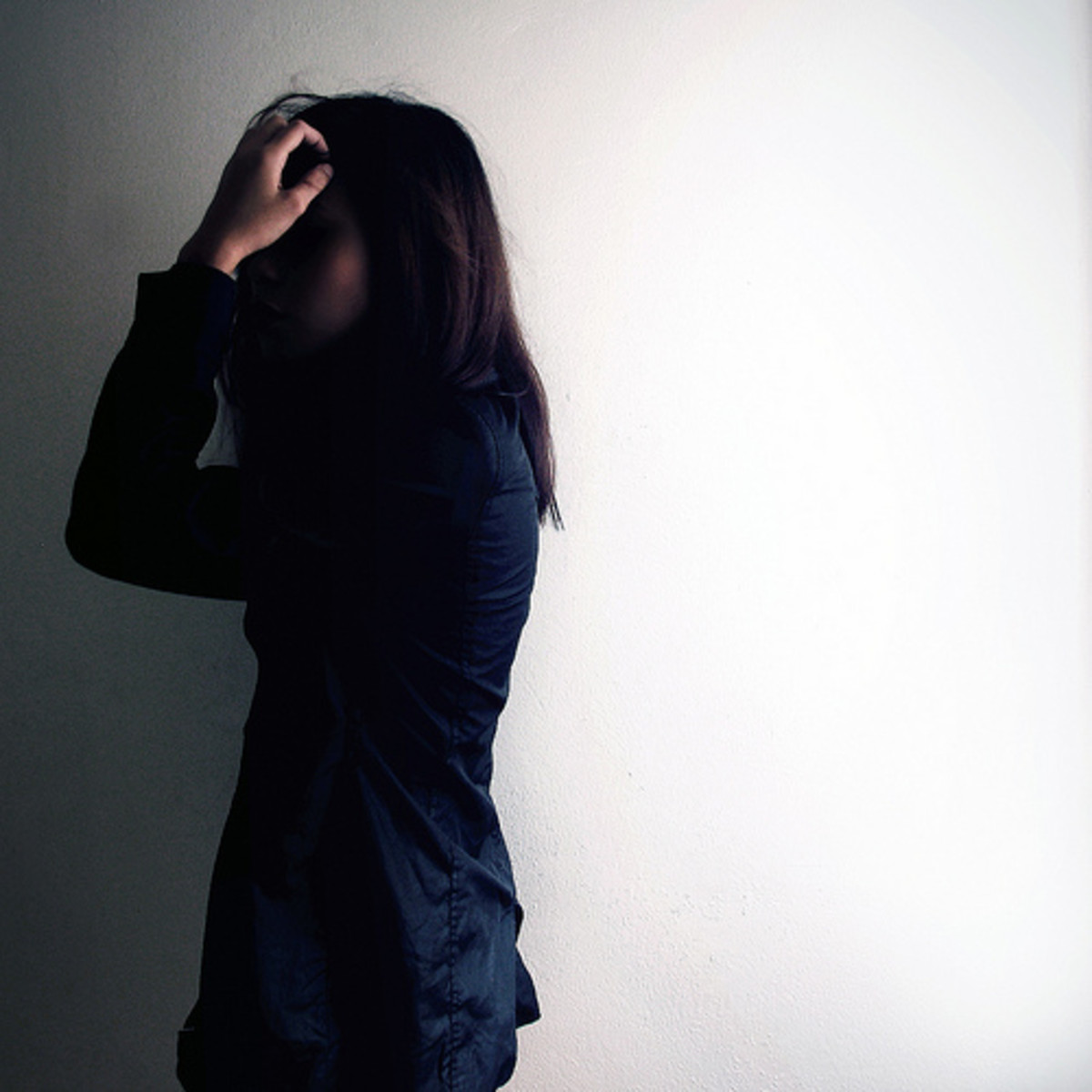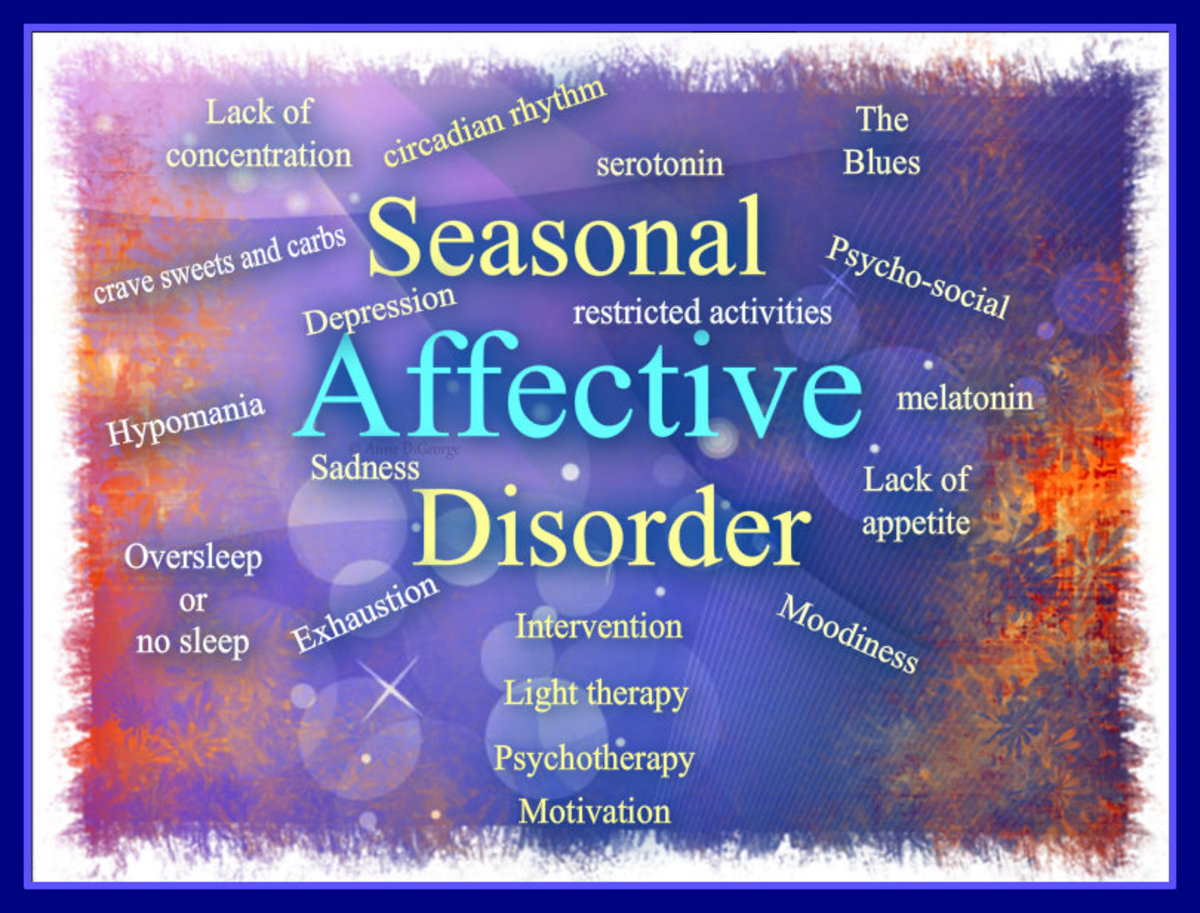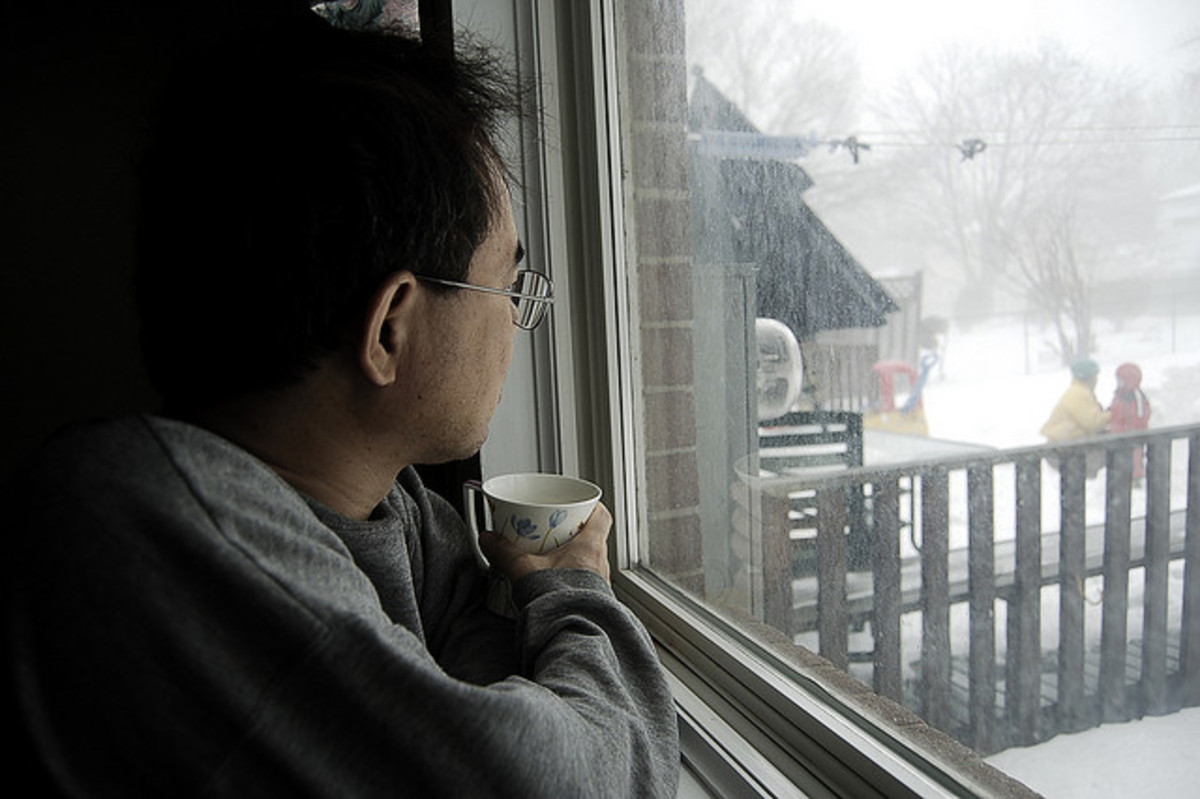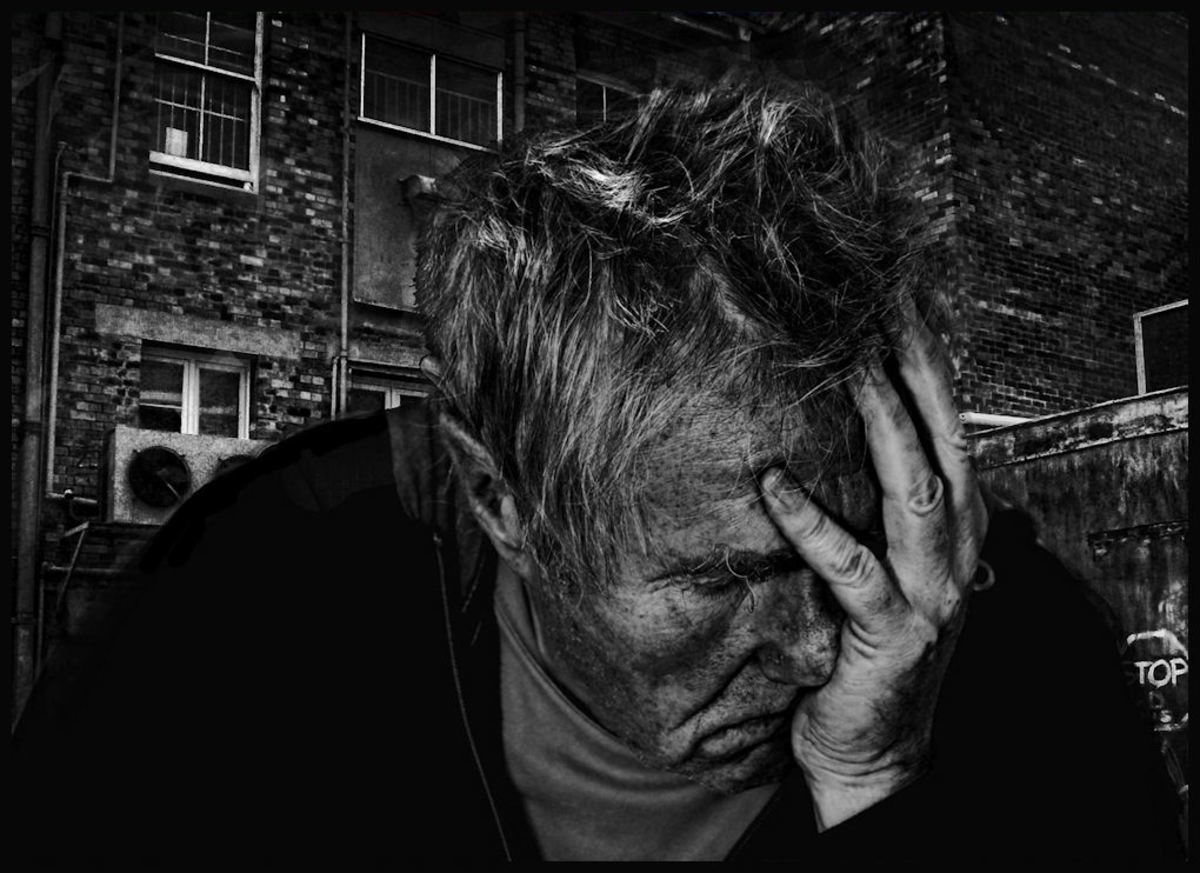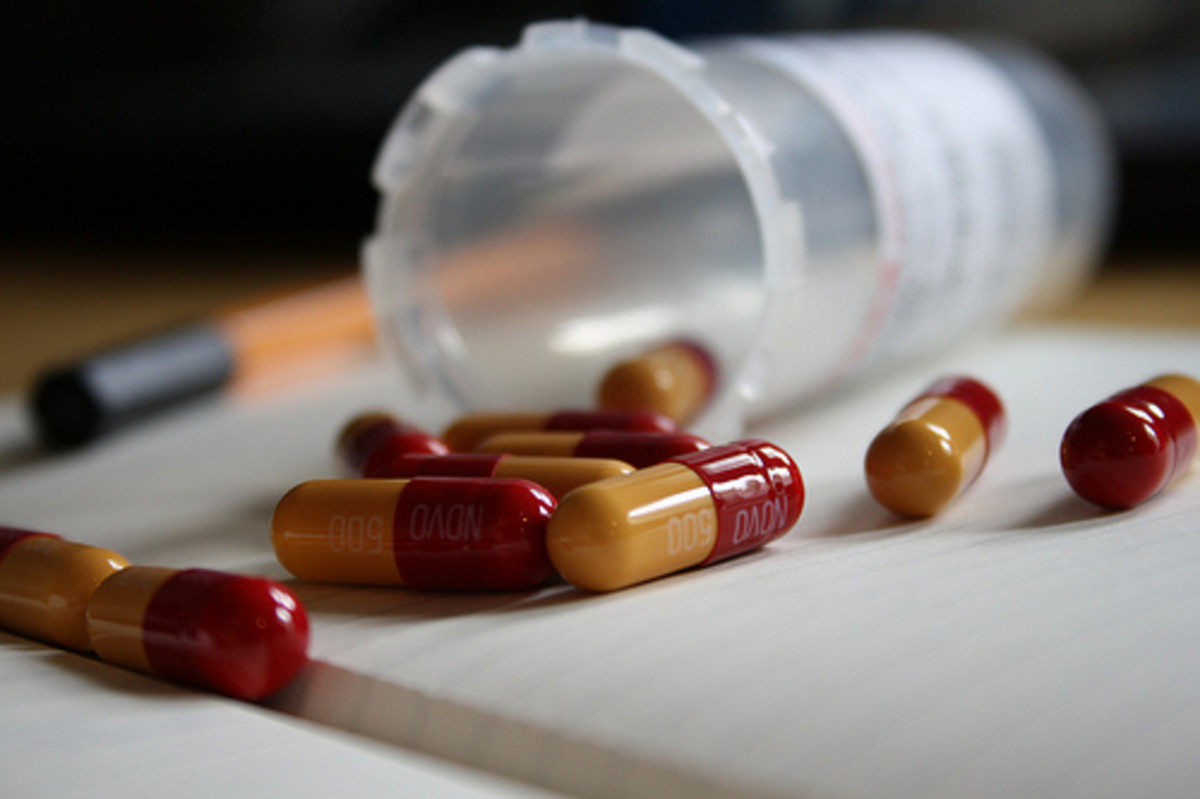- HubPages»
- Health»
- Mental Health»
- Clinical Depression
Remedies For Seasonal Affective Disorder (SAD)
What Is Seasonal Affective Disorder (SAD)?
Millions of people each year are affected by Seasonal Affective Disorder (SAD), which is a term that was coined to describe the tendency for some people to become depressed during the winter months, and in some cases the summer months (for different reasons than wintertime SAD). Due to its prevalence during the winter months, it is also commonly referred to as “wintertime blues.” There are many remedies for SAD, depending upon how severe the symptoms are.
The American Psychiatric Association studied SAD and found that up twenty percent of Americans experience some symptoms of SAD in a typical winter season. Approximately six percent of the United States population experiences severe SAD symptoms during the wintertime, primarily in northern climates further away from the equator. Three quarters of SAD sufferers are women.
Wintertime SAD is caused primarily by the reduced amount of sunlight entering the human brain through the eyes during the winter months. The lack of sunlight reduces the amount of serotonin produced by the brain, which is a neurotransmitter that boosts a person’s mood. The brain also produces melatonin due to the lack of light, which is what the brain does naturally to make a person feel sleepy when the lights are turned off at night. The lowered serotonin levels and increased melatonin levels in the brain work in concert during the wintertime to produce feelings of depression in some people.
The causes of summertime SAD are not entirely understood. Summertime SAD appears to be related to additional stress brought on by the change of routine that often occurs during the summer season and by certain people’s lack of tolerance for heat and humidity.
Typical SAD symptoms include oversleeping, eating too much, lack of energy, difficulty concentrating on everyday tasks, and withdrawal from social activities. It is not uncommon for SAD sufferers to experience one or two SAD symptoms and carry on with their lives. Mental health professionals recommend seeking professional help if SAD symptoms interfere with a person’s ability to work or interact with others, or if one is having feelings of hopelessness or thoughts of harming oneself.
Seasonal Affective Disorder (SAD) Affects Millions Each Year
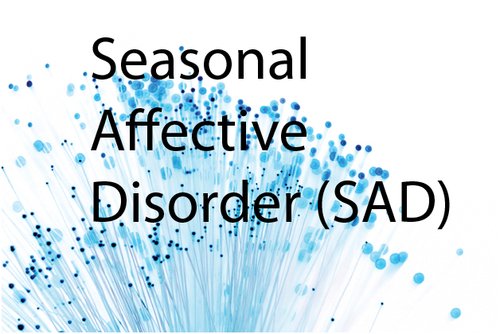
How The Term Seasonal Affective Disorder (SAD) Was Coined
SAD was studied and named during the early 1980s by a medical doctor named Norman E. Rosenthal, M.D., who coined the term Seasonal Affective Disorder (SAD) with associates at the National Institute of Mental Health (NIMH).
After Rosenthal moved from South Africa to New York, he noticed that he was experiencing sluggishness during the cold dark winter months in New York. Due to his own experiences with wintertime blues, he was interested in studying the cause of seasonal depression during the winter months. He postulated that SAD was connected to the increased darkness experienced during wintertime. He and some colleagues at the NIMH set up a placebo-controlled experiment that utilized light therapy to test his hypothesis that darkness causes SAD during the winter months. In 1984, they published a paper based on their research into SAD that is titled “Seasonal affective disorder. A description of the syndrome and preliminary findings with light therapy.”
Light Therapy Box For Preventing & Treating SAD
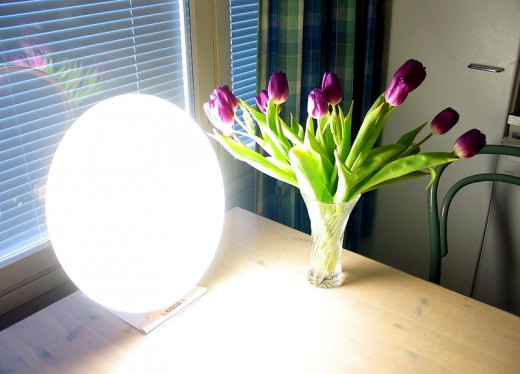
Remedies For Wintertime Seasonal Affective Disorder (SAD)
Wintertime SAD has been recognized as an official psychiatric condition in recent years. Research, studies, and feedback from sufferers of SAD have led to a number of practical and effective remedies for wintertime SAD.
The following are some ideas for combating wintertime SAD (not in any particular order):
- Take Vitamin D Supplements – Research has found that low vitamin D levels in a person’s bloodstream affects the areas of the human brain that cause depression. While the connection between low vitamin D levels and depression is not fully understood, it appears that boosting vitamin D levels in the bloodstream is beneficial to a person’s mood during the winter months. Since vitamin D is not produced naturally in people during the winter, due to a lack of sun exposure, vitamin D supplements can help maintain sufficient vitamin D levels to alleviate the symptoms wintertime SAD. Having high levels of vitamin D in the bloodstream also helps prevent respiratory illnesses that are common in the wintertime and can affect a person’s mood.
- Eat Foods That Enhance Mood – Certain foods, including dark-green leafy vegetables (spinach, asparagus, and Brussels sprouts), oranges, papaya, fish oil, and chocolate help to improve a person’s mood by encouraging creation of beneficial mood enhancing chemical in the brain. Foods high in carbohydrates also appear to be mood enhancers. While overindulging in any foods is not a good idea, it is a good idea to ensure you have some or all of the foods that combat depression in your diet during the winter months to reduce the likelihood of developing wintertime SAD or to reduce the severity of wintertime SAD symptoms.
- Exercise – Exercise is very important, not for only elevating a person’s mood during the winter months, but also for staving off wintertime illnesses. When a person exercises, mood boosting adrenaline and endorphins hormones are released into the bloodstream that reduces the chance of becoming depressed. Exercise has also been found to help prevent wintertime colds and other illnesses that can dampen a person’s mood. This is because increased blood flow associated with exercise allows illness fighting antibodies and white blood cells to circulate more quickly and extensively throughout the body.
- Use a Light Therapy Box – A light therapy box can be used daily as a way to mimic a time of the year when the body receives a lot more sunlight than it does in the wintertime. Research has shown that spending between 30 and 90 minutes in front of a bright light box per day reduces the severity and occurrence of wintertime SAD. This is most likely because the brain produces more mood-enhancing serotonin and less mood-dampening melatonin in reaction to the exposure to light.
- Stay Social With Friends and Family – Wintertime SAD is not only caused by a chemical imbalance in the brain, it is also caused by feelings of isolation that can develop during the dark and cold winter months, as people tend to engage in less social interaction due to limited opportunities to do recreational activities outdoors. To combat wintertime SAD, try to stay active with friends and family during the winter months by engaging in both indoor and outdoor activities.
- Put Plants In Your Home – Having green plants in a home is another way to make the mind feel as though it is not in the dead winter season. While not conclusively proven to prevent or alleviate wintertime SAD, the sight and smell of live plants can put the mind at ease and create a positive atmosphere.
- Use Aromatherapy Baths – Using pleasant bathtub scents while taking a warm bath can help trigger the brain to release mood-enhancing chemicals and help prevent or alleviate wintertime SAD. A warm bath makes the brain think about warm things rather than the cold weather outdoors and improves a person’s mood. The pleasant scents that are known to be mood-enhancing include: peppermint, frankincense, rosemary oil, rose, orange, bergamot, lavender, and sandalwood.
A Small Percentage of People Feel SAD During The Summertime
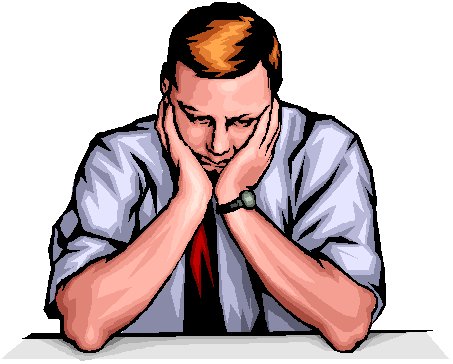
Remedies For Summertime Seasonal Affective Disorder (SAD)
Summertime SAD affects far fewer people than wintertime SAD, but its affects on those who suffer from it can be just as debilitating as the wintertime version of SAD. There are some practical remedies sufferers of summertime SAD can use. Taking vitamin D supplements to ensure that vitamin D levels are elevated enough to improve one’s mood is one remedy. A person suffering from summertime SAD may not spend much time in the sun and receive the natural vitamin D boost that comes from sun exposure, since many summertime SAD suffers feel depressed due to hot weather. Eating the same mood enhancing foods that are recommended for wintertime SAD is a remedy worth pursuing to diminish the effects of summertime SAD. Doing a modest amount of exercise is also useful when one is trying to combat summertime SAD. If the heat is getting to one during exercise, an indoor gym and can be utilized to excise in a cool air-conditioned environment.
Summertime SAD appears to often be associated with stresses that are unique to the summer season, from the annual family vacation to trying to keep the kids busy during summer. Good planning and well thought out choices for summer vacations and kids activities are practical ways to relieve stress in the summertime and keep the symptoms of summertime SAD at bay.
Books About Seasonal Affective Disorder
Avoiding and Mitigating Seasonal Affective Disorder (SAD)
The good news for suffers of Seasonal Affective Disorder (SAD) is the remedies that have been developed to avoid and mitigate SAD do not revolve around taking anti-depressant drugs, which have many unwanted side-effects and can be dangerous in their own right. Rather, effective remedies for preventing and lessening the symptoms of SAD are based on common sense approaches that mitigate the effects of seasonal changes that cause a certain segment of the population to become depressed during either the winter or summer months.
It is important to keep in mind that a person afflicted with SAD should seek professional help if SAD symptoms interfere one’s ability to work or interact with others, or if one is having feelings of hopelessness or thoughts of harming oneself. While the common sense remedies for SAD help many people avoid or lessen the effects of SAD, they may not be effective in more severe cases of SAD. Professional mental health professionals should be consulted if a case of SAD reaches the criteria in which help should be sought.

